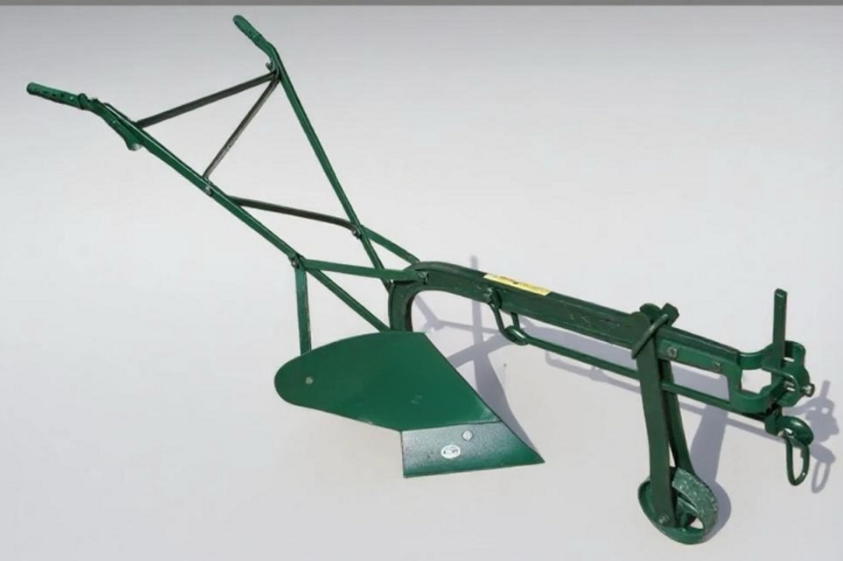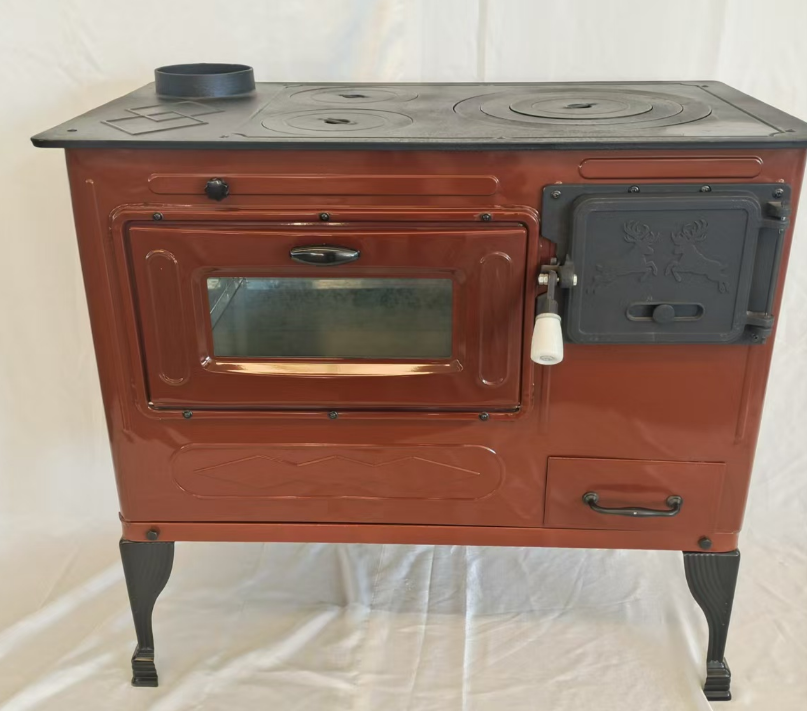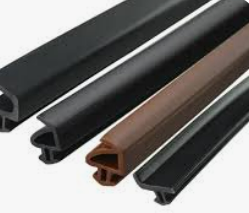The Birth of the Cast Iron Spear: A Historical Perspective
Cast iron spears and cast iron fence spears have a long and storied history, rooted in the evolution of ironworking techniques and the demand for both functional and decorative metalwork. These components, including wrought iron components and cast iron spear points, have been used for centuries to enhance security, aesthetic appeal, and craftsmanship in architectural design. But when exactly did the cast iron spear come into existence?
The Origins of Ironworking
The history of ironworking dates back to ancient civilizations, with evidence of iron smelting found as early as 1200 BCE during the Iron Age. Initially, iron was primarily used for tools, weapons, and everyday items. As techniques advanced, the ability to shape and mold iron into more intricate forms became possible, leading to the development of both wrought iron and cast iron.
- Wrought Iron: This is one of the earliest forms of iron used by humans. It is forged by heating and hammering, which allows for detailed and intricate designs. Wrought iron was commonly used for weapons, tools, and eventually decorative elements like gates and fences.
- Cast Iron: Unlike wrought iron, cast iron is made by melting iron and pouring it into molds. This method, which became prominent during the 5th century in China and later spread to Europe in the Middle Ages, allowed for the mass production of iron objects, including spears and fence components.
The Birth of the Cast Iron Spear
Cast iron spear points likely emerged during the medieval period when cast iron production techniques were refined and became more widespread. The process of casting allowed for the creation of uniform and durable spearheads that were not only functional but also had a distinct appearance, making them suitable for both military and decorative purposes.
- Military Use: In medieval Europe, cast iron spearheads were used in warfare due to their strength and ease of production. They were less prone to breaking compared to earlier iron weapons, making them a reliable choice for soldiers.
- Decorative Use: As cast iron production became more sophisticated, these spear points began to be used in architecture, particularly in fences and gates. The pointed design of the cast iron spear was both symbolic of protection and aesthetically pleasing, making it a popular choice for fortifying and decorating properties.
The Evolution into Fence Spears
As the use of ironwork expanded beyond military applications, cast iron spear points found a new role in architecture, particularly in the design of cast iron fence spears. During the 18th and 19th centuries, cast iron became a material of choice for decorative architectural elements, especially in Europe and the United States.
- Victorian Era: The Victorian era saw a significant rise in the popularity of ornate ironwork. Cast iron spear pointswere commonly used in fence designs to symbolize security and status. These spears, often detailed and ornate, topped fences around estates, public buildings, and parks, adding a sense of grandeur and protection.
- Wrought Iron Components: Alongside cast iron, wrought iron componentswere also widely used in fence and gate designs. These components, combined with cast iron spear points, created intricate and durable fences that are still admired today for their craftsmanship.
Cast Iron Spears in Modern Times
Today, cast iron spears continue to be a popular choice for decorative fencing and architectural elements. They are often used in conjunction with wrought iron components to create fences that are both secure and visually appealing. Modern casting techniques have allowed for even more intricate designs, ensuring that these elements remain a timeless addition to both traditional and contemporary architecture.
- Historical Preservation: Many historical buildings and estates continue to use original or replica cast iron spear points in their fencing, preserving the architectural heritage and the symbolism associated with these designs.
- Contemporary Design: In modern architecture, cast iron spears are often used to blend traditional design elements with contemporary aesthetics, providing a nod to the past while maintaining relevance in today's design landscape.
The cast iron spear was born out of the advancement of ironworking techniques in the medieval period and has since evolved into a significant component of architectural design. From its origins in military use to its prominent role in fencing and decoration, the cast iron spear represents both functionality and beauty. Its enduring presence in modern architecture speaks to the timeless appeal and versatility of cast iron and wrought iron components, ensuring that these elements remain a cherished part of our built environment.
-
Plough Wheel Cast Iron Material Enhances Load-BearingخبریںNov.10,2025
-
Cast Iron Cooking Stove Heat Retention Ensures Even Food HeatingخبریںNov.10,2025
-
Rubber Strip Shock Absorption Protects Window EdgesخبریںNov.10,2025
-
Aluminum Profiles High Corrosion Resistance Suits Coastal AreasخبریںNov.10,2025
-
Window Handle Aluminum Material Ensures Lightweight DurabilityخبریںNov.10,2025
-
Sliding Roller Plastic Housing Fits Aluminum Sliding WindowsخبریںNov.10,2025
-
 Plough Wheel Cast Iron Material Enhances Load-BearingNov-10-2025Plough Wheel Cast Iron Material Enhances Load-Bearing
Plough Wheel Cast Iron Material Enhances Load-BearingNov-10-2025Plough Wheel Cast Iron Material Enhances Load-Bearing -
 Cast Iron Cooking Stove Heat Retention Ensures Even Food HeatingNov-10-2025Cast Iron Cooking Stove Heat Retention Ensures Even Food Heating
Cast Iron Cooking Stove Heat Retention Ensures Even Food HeatingNov-10-2025Cast Iron Cooking Stove Heat Retention Ensures Even Food Heating -
 Rubber Strip Shock Absorption Protects Window EdgesNov-10-2025Rubber Strip Shock Absorption Protects Window Edges
Rubber Strip Shock Absorption Protects Window EdgesNov-10-2025Rubber Strip Shock Absorption Protects Window Edges












